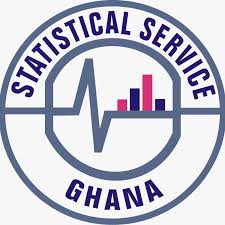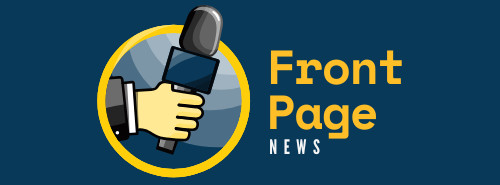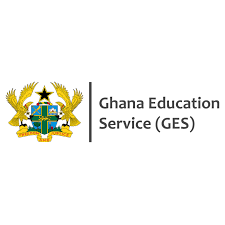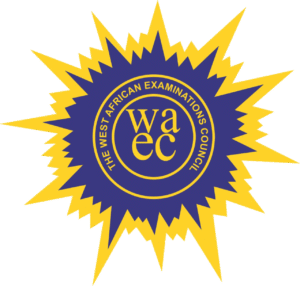Ghana Sees Improved Access to Education, but Quality Disparities Persist – GSS Report

Access to education in Ghana has significantly improved over the years, but challenges in ensuring consistent quality remain, according to a new report from the Ghana Statistical Service (GSS) and the Ministry of Education.
The Access to and Quality of Basic and Secondary Education in Ghana (2000–2023) report, released on March 25, 2025, provides an in-depth analysis of enrollment patterns, teacher distribution, and student performance across different educational levels. The findings are based on data collected from the Education Management Information System (EMIS), shedding light on the progress made and areas that still require attention in Ghana’s education sector.
One of the key highlights of the report is the notable increase in enrollment rates over the past two decades. From 2001 to 2023, Ghana saw a dramatic rise in Gross Enrollment Rates (GER) across all educational levels. The Kindergarten GER more than doubled, rising from 51% to 122%. Similarly, Primary GER grew from 80% to 90%, Junior High School (JHS) GER increased from 64% to 98%, and Senior High School (SHS) GER tripled, soaring from 25% to 72%. This surge in enrollment reflects the country’s efforts to make education more accessible and inclusive.
However, despite the significant progress in enrollment, the report reveals ongoing challenges in ensuring age-appropriate enrollment, especially at the early childhood and junior high school levels. Only 66% of children between the ages of 4 and 5 are enrolled in kindergarten, and fewer than half (47%) of children aged 12-14 are attending JHS at the recommended age. These discrepancies highlight the need for further efforts to address the enrollment gap and ensure that all children are accessing education at the right stages of their development.
Gender disparities in access to education have reduced significantly, with gender parity achieved at the primary level. However, performance differences between male and female students remain, particularly in key subjects at the JHS and SHS levels. According to the report, in the 2021 West African Senior School Certificate Examination (WASSCE), boys outperformed girls in Mathematics, with 70% of boys passing compared to 60% of girls. In contrast, girls performed better in English, with 60% passing compared to 50% of boys. These disparities in academic performance suggest the need for targeted interventions to support underperforming groups and close gender gaps in education outcomes.
The report also emphasizes the regional disparities that persist within Ghana’s education system. In particular, the Northern, North East, and Savannah regions face significant challenges related to teacher availability and the quality of education. The pupil-to-trained-teacher ratio in these regions exceeds 50, more than twice the ratio in the Greater Accra region, where the ratio is 25 pupils per trained teacher. This disparity underscores the need for greater investment in teacher training and distribution to ensure that all students, regardless of their location, have access to high-quality education.
At the launch of the report, held as part of the National Education Forum, Education Minister Haruna Iddrisu stressed the importance of using data-driven insights to inform policy reforms. He emphasized that the findings of the report will play a crucial role in shaping the discussions and decisions of the National Education Forum Planning Committee, ensuring that future strategies are rooted in accurate data and aligned with national educational priorities.
The report also assesses Ghana’s progress toward meeting the objectives of the Education Strategic Plan (2018–2030). While the country has made significant strides in increasing enrollment and achieving gender parity, national targets for net enrollment rates across all education levels remain unmet. This gap suggests that while access to education has improved, there are still barriers preventing full participation at certain levels.
In addition to addressing these enrollment and performance issues, the report highlights the importance of continuing to invest in education infrastructure, teacher training, and educational resources. Government Statistician Prof. Samuel Kobina Annim, along with Danish Ambassador Tom Noring and National Education Forum Chairman Prof. K. T. Oduro, all acknowledged Ghana’s progress in expanding access to education but called for more substantial investments to improve the overall quality of education.
Ultimately, this report serves as a vital monitoring tool for assessing Ghana’s progress towards the United Nations Sustainable Development Goals (SDGs), specifically SDG 4 (Quality Education), SDG 5 (Gender Equality), and SDG 10 (Reduced Inequalities). It is a reminder that while significant strides have been made, continued focus on both access and quality is crucial to ensuring that all Ghanaian students receive a high-quality education.





